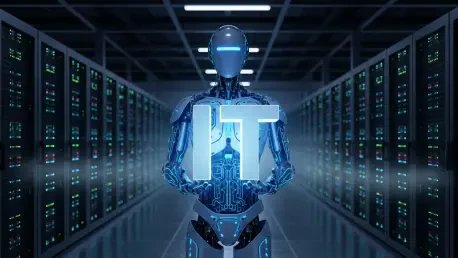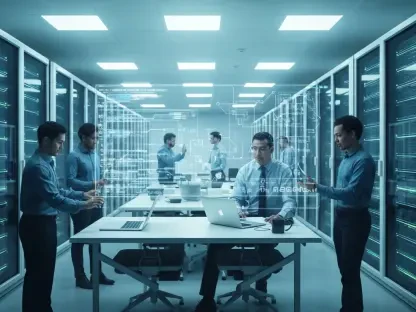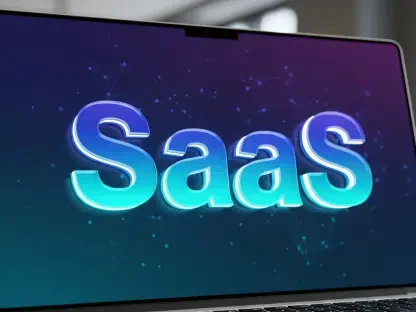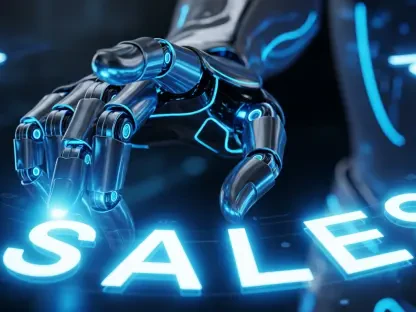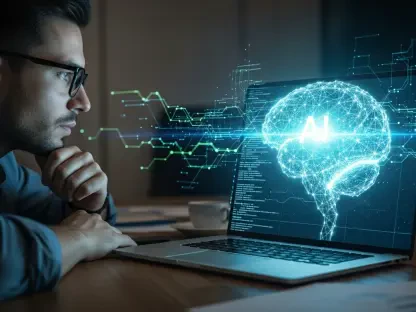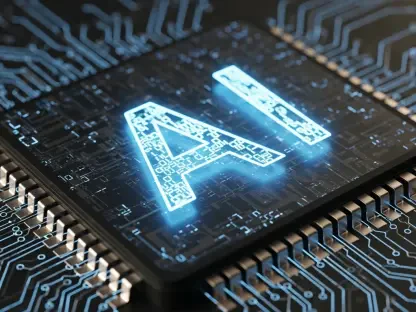In today’s rapidly evolving technological landscape, many enterprises grapple with legacy IT systems that hinder efficiency and innovation. These outdated systems often fall short in meeting modern security standards, riddled with vulnerabilities that contribute to delays in software delivery. The drive toward modernization is evident, as enterprises recognize the need to unlock long-term benefits. However, this transformation can be burdensome, demanding expertise in both legacy and current programming languages, and entailing significant costs. As organizations seek solutions, artificial intelligence (AI) emerges as a formidable ally, promising a robust strategy to address these challenges.
AI is pivotal in transforming the landscape of IT modernization through its advanced capabilities. It simplifies the daunting process of explaining and updating legacy code, supports new application development, and swiftly identifies and remediates vulnerabilities. These functions are essential for maintaining security, achieving efficiency, and promoting innovation in IT systems today, setting a new standard for enterprise sustainability in a digital-first world.
Revolutionizing Legacy Code
Legacy systems, while foundational to many organizations’ operations, often use languages that are no longer in widespread use, posing a significant challenge. The process of modernizing these systems is intricate, demanding insight into both old and new coding paradigms. AI assists by translating legacy code into natural language, thus enabling even new developers to understand and revise it effectively. More impressively, AI can generate updated code in memory-safe languages, easing the transition to cloud-based infrastructure and modern microservices architectures. This transition not only boosts performance and scalability but also prioritizes robust security measures, mitigating prevalent vulnerabilities in legacy systems.
The efficiency provided by AI in handling legacy code is unparalleled. Where traditional methods required extensive testing and refactoring, AI technologies are equipped to optimize these processes, ensuring modern system implementations are both secure and efficient. By automating aspects of code modernization, organizations can focus resources on furthering innovation rather than maintaining obsolete frameworks.
Modern Application Development Aid
In the realm of greenfield application development, AI’s role is becoming increasingly invaluable. Developers tasked with creating new software can rely on AI to interpret their requirements articulated in natural language and autonomously generate code that fits these specifications. Such AI-driven development facilitates the creation of complex application architectures, allowing faster deployment and fostering agility within development teams.
The collaborative benefits AI brings cannot be understated. By identifying potential integration issues, ensuring compliance, and summarizing discussions, AI fosters seamless communication within distributed teams. This not only streamlines workflows but also aids in managing the complex compliance landscapes organizations must navigate, thus maintaining competitive advantage and operational excellence.
AI in Security: Vigilance and Protection
As cyber threats evolve, the importance of agile and reliable security measures grows. AI plays a pivotal role in identifying and mitigating vulnerabilities, particularly in legacy systems susceptible to modern threats. AI is adept at analyzing code through sophisticated pattern recognition and behavioral analysis, essential tools in today’s defense strategy.
AI-driven security measures empower rapid responses to potential breaches, transforming previously prolonged mitigation efforts into efficient, hours-long processes. This enhanced security infrastructure fosters a culture where development and security teams work in closer alignment, sharing the responsibility of safeguarding the organization’s digital assets.
Recent Innovations and Forecasted Trends
Despite the immense progress AI has enabled, the sector remains dynamic, characterized by continuous innovations. Recent advancements integrate AI into more nuanced areas of IT modernization, such as AI-powered security enhancements and the automation of code development processes. These trends indicate a trajectory toward comprehensive solutions that leverage AI for seamless integration and enhanced functionality.
As the AI landscape evolves, further developments in AI applications are anticipated, from boosting code transition efficiency to pushing the boundaries of automation and intelligence in system development. This sets the stage for a future where AI is seamlessly woven into the fabric of IT modernization efforts across all industry sectors.
Practical Implementations and Examples
Various industries are witnessing firsthand the transformative impacts of AI in IT modernization. Notable examples highlight sectors, such as finance and healthcare, where AI-powered systems enhance operational efficiency and security. Enterprise-level cases illustrate how AI integration into legacy systems results in significant performance enhancements, driving innovation and optimizing resource allocation for strategic growth.
AI applications in these industries underscore the benefits of adopting cutting-edge technology to address the limitations and challenges presented by outdated systems. These examples serve as a testament to the successful realization and potential of AI in creating agile and future-proof organizational infrastructures.
Overcoming Obstacles
While AI offers extensive benefits, certain challenges still exist in its widespread implementation across IT modernization projects. Technical barriers, regulatory compliance hurdles, and market readiness can impede progress. Addressing these challenges requires targeted strategies, such as investing in workforce education and developing adaptable regulatory frameworks to pave the way for AI’s broader acceptance.
Despite these challenges, active development efforts continue to explore solutions, ensuring AI’s potential is realized to its fullest. By overcoming these barriers, the path toward streamlined and effective modernization initiatives becomes clearer, allowing organizations to harness AI’s full capabilities.
Final Thoughts: The Road Ahead
The future promises extensive advancements in AI poised to redefine IT system modernization. Potential breakthroughs are expected to drive the technology toward greater efficiency, reliability, and security features. As enterprises prepare for unprecedented innovation opportunities, integrating AI into modernization strategies promises transformative results.
The ongoing evolution of AI indicates a trajectory toward unprecedented improvements in IT system performance and sustainability. Organizations that harness these advancements are positioned to benefit from enhanced operations, cost efficiencies, and the ability to swiftly adapt to ever-changing technological paradigms, ultimately leading to tangible benefits and sustained growth.
